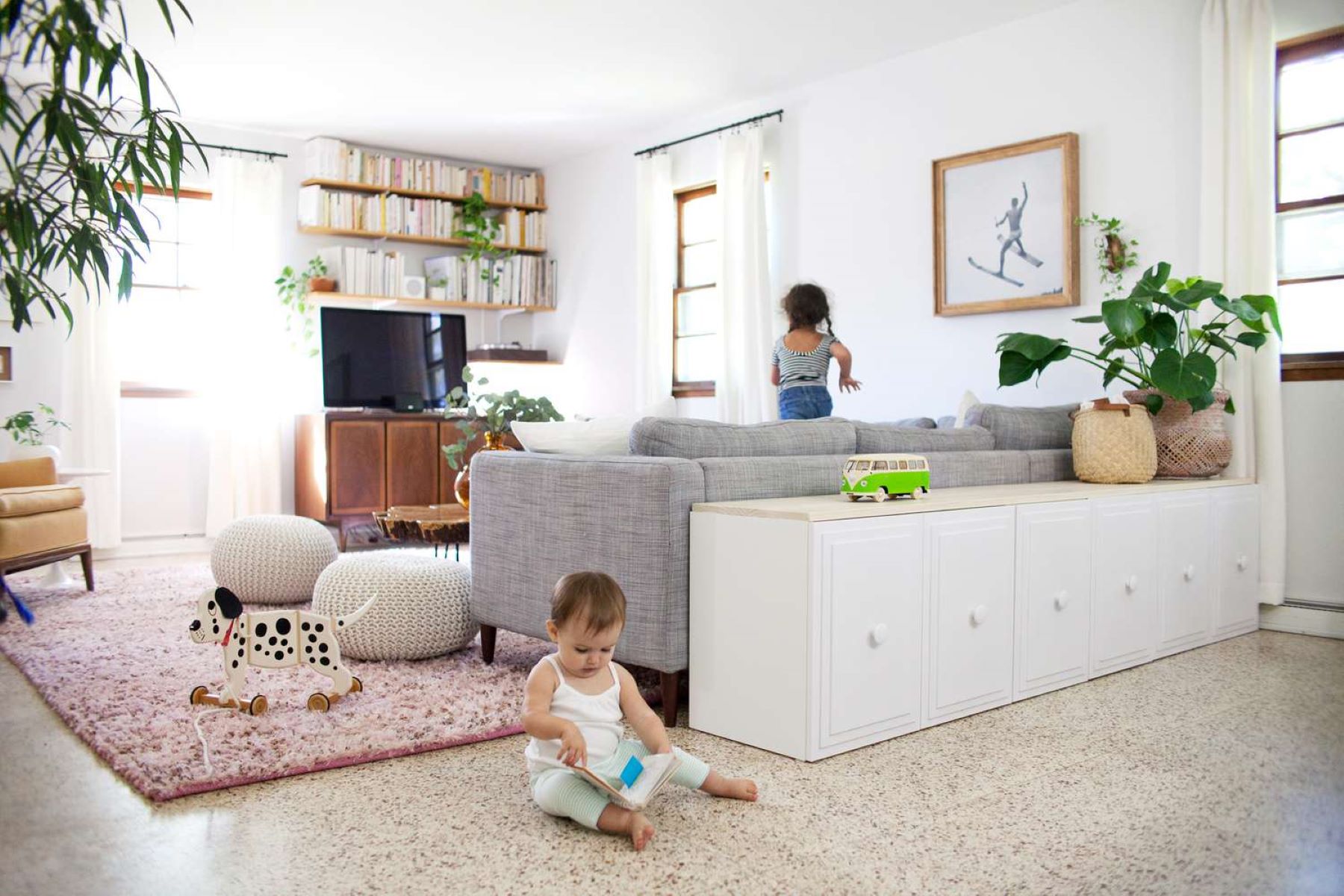

Articles
How To Store Toys In Living Room
Modified: October 28, 2024
Discover creative ways to store toys in your living room with these helpful articles. Maximize space and keep your living area organized and clutter-free.
(Many of the links in this article redirect to a specific reviewed product. Your purchase of these products through affiliate links helps to generate commission for Storables.com, at no extra cost. Learn more)
Introduction
Having children means that toys are bound to become a prominent part of your living room decor. From board games and action figures to stuffed animals and building blocks, the accumulation of toys can quickly turn your cozy living space into a chaotic mess. However, with some smart storage solutions and a little bit of organization, you can transform your living room into a functional and clutter-free space, without compromising on aesthetics.
Storing toys in the living room not only helps in decluttering other areas of the house but also allows children to have easy access to their favorite playthings, promoting creativity and independent play. With the right approach, you can strike a balance between having a stylish and adult-friendly living room while still catering to your child’s needs.
In this article, we will explore various strategies and ideas for storing toys in the living room. From decluttering and categorizing toys to selecting the right storage solutions, we’ll cover it all. So, let’s dive in and discover how to keep the living room tidy and organized while still providing a fun and inviting space for your little ones.
Key Takeaways:
- Transform your living room into a functional and clutter-free space by decluttering, categorizing, and selecting the right storage solutions for your child’s toys. Create a visually cohesive and organized living room that appeals to both adults and children.
- Implement a toy rotation system to keep your child engaged and excited about their toys while maintaining an organized living room. Encourage children to clean up through fun games and rewards, fostering responsibility and good habits.
Read more: How To Store Children’s Toys In Living Room
Decluttering the Living Room
Before diving into toy storage solutions, it’s important to declutter your living room and create a clean slate. Start by sorting through the toys and getting rid of any broken or unused items. This will help you streamline the storage process and make room for the toys your child actually plays with.
Consider donating toys that your child has outgrown or no longer has an interest in. You can also involve your child in the decluttering process, teaching them the value of donating and helping others. This not only reduces clutter but also instills a sense of responsibility in your child.
Next, assess the other items in your living room that may be contributing to the clutter. Remove any unnecessary decorative items, excessive furniture, or non-essential electronics. By creating more open space, you’ll have an easier time organizing and storing toys without compromising on the overall aesthetic of your living room.
Invest in storage bins or baskets that can be easily tucked away when not in use. This will help keep the living room neat and tidy, while still providing accessible storage for toys. Label the bins to identify the contents and make it easier for both you and your child to find specific toys when needed.
Remember, the goal is to create a clean and organized living room that accommodates both adult and child needs. By decluttering and removing unnecessary items, you’ll be on your way to achieving a functional and aesthetically pleasing space.
Selecting the Right Storage Solutions
When it comes to storing toys in the living room, choosing the right storage solutions is crucial. You want storage options that are not only practical but also visually appealing and blend seamlessly with your decor. Here are a few ideas to consider:
1. Shelving Units: Install wall-mounted shelves or bookcases in your living room to display toys in an organized and visually appealing way. Opt for shelves with adjustable heights to accommodate toys of different sizes. You can also add decorative baskets or bins on the shelves to keep smaller toys neatly contained.
2. Toy Chests or Trunks: A toy chest or trunk provides a classic and versatile storage solution. Look for chests or trunks that match your living room decor and have safety features such as soft-close lids and rounded edges. This storage option allows for quick clean-up by simply tossing toys into the chest.
3. Cubbies or Cube Storage: Cube storage units with bins or baskets are an excellent way to keep toys organized and easily accessible. Assign specific cubes for different toy categories, such as one for building blocks, another for stuffed animals, and so on. The open design of these units also allows your child to see and choose their toys without making a mess.
4. Wall-mounted Toy Organizers: Maximize vertical space by installing wall-mounted organizers specifically designed for toys. These can include hanging nets, hanging pockets, or even magnetic boards. Not only does this keep toys off the floor, but it also adds a decorative element to your living room walls.
5. Ottoman or Storage Bench: Invest in a stylish ottoman or storage bench that doubles as seating and toy storage. Look for ottomans with removable lids or benches with built-in storage compartments. This option is perfect for hiding away toys while still having them easily accessible when needed.
Remember to consider the size of your living room, the amount of available space, and your personal style preferences when selecting the right storage solutions. By choosing storage options that blend seamlessly with your decor, you can create a visually cohesive and organized living room that still appeals to adults.
Categorizing Toys
Once you have decluttered and selected the appropriate storage solutions for your living room, the next step is to categorize the toys. Categorization not only helps with organizing and finding toys more easily but also teaches children valuable skills such as sorting and classifying. Here are some tips for effectively categorizing toys:
1. By Type: Start by grouping toys together based on their type. For example, create a designated area for dolls, another for cars and trains, and another for building blocks. This way, your child will know exactly where to find a specific type of toy and where to put it back when they are done playing.
2. By Age or Developmental Stage: Consider organizing toys based on your child’s age or developmental stage. Keep age-appropriate toys within easy reach while storing toys that are meant for older children out of reach or in separate storage containers. This helps ensure that your child only has access to toys that are safe and suitable for their developmental needs.
3. By Theme or Interest: If your child has a particular interest or favorite play theme, arrange toys accordingly. For example, create a space for superhero toys, another for pretend play items like kitchen sets, and another for arts and crafts supplies. This makes playtime more engaging and encourages imaginative play.
4. By Size or Complexity: If your child has toys of different sizes or complexities, consider separating them based on these factors. This makes it easier for your child to find and engage with toys that are appropriate for their current playtime preferences and abilities.
5. By Color: For younger children or those who respond well to visual cues, organizing toys by color can be an effective strategy. Use colored bins or baskets to group toys of similar hues. This can also add a playful and vibrant touch to your living room decor.
Remember, the goal of categorizing toys is to make playtime more enjoyable and to facilitate easy clean-up. By implementing a consistent system of categorization, you can establish order and help your child develop important organizational skills at a young age.
Choosing Kid-Friendly Organizers
When it comes to storing toys in the living room, it’s important to choose organizers that are not only functional but also safe and kid-friendly. Here are some factors to consider when selecting kid-friendly organizers:
1. Safety: Look for organizers that have rounded edges and no sharp corners. This helps minimize the risk of accidents and injuries, especially if you have toddlers or young children in the house. Avoid organizers with small parts or pieces that could be a choking hazard.
2. Durability: Opt for organizers made from sturdy materials that can withstand rough handling and frequent use. Plastic bins or fabric baskets are popular choices as they are lightweight, easy to clean, and durable. Avoid organizers that are too flimsy or prone to tipping over.
3. Visibility: Consider organizers with clear or transparent compartments. This allows your child to see the contents of each bin without having to pull everything out. It makes it easier for them to find the toy they want to play with and encourages them to clean up after themselves.
4. Accessibility: Choose organizers that are easily accessible to your child. Low shelves or cube storage units are ideal for younger children as they can reach their toys independently. If you have older children, wall-mounted organizers or higher shelves can be suitable. The idea is to ensure that your child can easily retrieve and put away their toys without requiring assistance.
5. Fun Design: Select organizers that have a fun and playful design. Bright colors, cute characters, and interesting patterns can make clean-up time more enjoyable for your child. This can also add a decorative element to your living room, making the organizers blend seamlessly with the overall theme.
6. Flexibility: Look for organizers that offer flexibility in terms of size and configuration. Adjustable shelves or modular storage systems allow you to customize the space according to your changing needs. This ensures that the organizers can adapt as your child’s toy collection grows.
By choosing kid-friendly organizers, you can encourage your child to take ownership of their toys and develop a sense of responsibility. Additionally, these organizers promote a safe and organized living room environment, making it easier for everyone to navigate and enjoy the space.
Use storage ottomans or benches to store toys in the living room. They provide extra seating and can be used to store toys, keeping the room organized and clutter-free.
Read more: How To Organize Toys In Living Room
Utilizing Wall Space for Toy Storage
When you’re looking to maximize storage in your living room, don’t overlook the potential of utilizing wall space for toy storage. By using various wall-mounted storage options, you can free up precious floor space and keep the living room organized. Here are some ideas for utilizing wall space for toy storage:
1. Floating Shelves: Install floating shelves on the walls to display toys in an organized and visually appealing manner. Arrange small toys, action figures, or collectibles on the shelves, making them easily accessible for your child. You can also add decorative elements, such as picture frames or potted plants, to create a visually pleasing display.
2. Pegboards: A pegboard is a versatile and customizable storage solution for toys. Mount a pegboard on the wall and attach hooks, shelves, and baskets to hold toys of various sizes. This allows you to create a personalized storage system that can adapt as your child’s toy collection grows.
3. Hanging Baskets or Nets: Hang baskets or nets from the walls to store soft toys, dolls, or stuffed animals. This keeps them off the floor and allows your child to easily see and access their favorite plush companions. It also adds a fun and whimsical touch to the living room decor.
4. Wall-mounted Toy Boxes: Opt for wall-mounted toy boxes or storage units that can be attached to the wall. These units typically have multiple compartments or drawers that can hold a variety of toys. They are space-efficient and help keep the living room clutter-free.
5. Magnetic Wall Panels: Consider using magnetic wall panels to store small metal toys, such as cars or magnetic building blocks. The panels provide a creative and interactive way for your child to display and play with their toys. Additionally, they can be easily rearranged or replaced as needed.
6. Wall-mounted Bookshelves: Use wall-mounted bookshelves with cubbies or compartments to store puzzles, board games, or larger toys. This helps keep them organized and prevents them from occupying valuable floor space.
By utilizing wall space for toy storage, you can create a functional and visually appealing living room. Remember to consider your child’s age and reach when placing toys on the walls, ensuring that they can easily access and safely handle their toys.
Incorporating Furniture with Hidden Storage
When it comes to storing toys in the living room, furniture with hidden storage compartments can be a game-changer. These multi-functional pieces not only provide stylish seating or display options but also offer hidden storage compartments to keep toys out of sight. Here are some ways to incorporate furniture with hidden storage into your living room:
1. Ottoman with Storage: An ottoman with a hidden storage compartment is a practical and space-saving solution. It serves as a comfortable footrest or extra seating while providing ample space to store toys. Look for ottomans with removable lids or lift-up tops for easy access to the storage space.
2. Coffee Table with Drawers or Shelves: Opt for a coffee table that features drawers or shelves underneath the tabletop. These hidden compartments can be used to store toys, books, or board games. Choose a coffee table that complements your living room decor and has sufficient storage capacity to meet your needs.
3. TV Stand with Cabinets or Baskets: Consider a TV stand that incorporates cabinets or baskets for toy storage. These storage spaces can hold larger toys or items that you want to keep hidden when not in use. Make sure the TV stand has enough space to accommodate your child’s toy collection without overwhelming the area.
4. Storage Benches or Trunks: A storage bench or trunk not only provides seating but also offers a hidden space to store toys. Place it against a wall or under a window to maximize space. Look for benches or trunks with safety features, such as soft-close lids and childproof mechanisms.
5. Wall-mounted Floating Shelves with Cabinets: Install floating shelves on the wall with built-in cabinets beneath. This creates a sleek and modern storage solution for small toys or decorative items. You can choose shelves with glass doors or solid doors to keep the toys concealed.
6. Bookshelves with Compartments: Use bookshelves with compartments to store toys alongside books. Look for bookshelves with adjustable shelves or modular units that can be configured to accommodate different toy sizes. This allows for easy customization and flexibility as your child’s toy collection evolves.
Incorporating furniture with hidden storage not only helps keep your living room tidy but also ensures that toys are within easy reach without cluttering the space. When selecting furniture, consider the overall design and functionality, ensuring that it aligns with your living room decor and storage needs.
Creating a Toy Rotation System
One effective strategy for managing toy storage in the living room is to implement a toy rotation system. This involves periodically rotating the toys that are available for play, keeping the rest stored away. Here’s how you can create a toy rotation system:
1. Sort and Categorize: Begin by sorting and categorizing your child’s toys into different groups. Divide them based on type, theme, or interest. This will make it easier to identify which toys to rotate and which to keep out for the current period.
2. Choose Rotation Intervals: Decide on the frequency of toy rotation based on your child’s interests and the available storage space. Some families choose to rotate toys every week, while others prefer longer intervals such as every month or season. Find a schedule that works best for your household.
3. Create Labeled Storage Containers: Use clear plastic bins or storage containers to store the toys not currently in rotation. Label each container with the contents, such as “Building Blocks,” “Dolls,” or “Cars.” This makes it easier to find and retrieve specific toys during rotation cycles.
4. Designate a Staging Area: Set aside a designated staging area in your living room or another convenient space where you can temporarily place toys that are not in use but will be brought back into rotation. This way, you can easily access them when it’s time to swap out toys.
5. Involve Your Child: Engage your child in the toy rotation process. Allow them to choose which toys they would like to have available for play each time. Involving your child not only empowers them and encourages decision-making but also maintains their interest and excitement in the toys.
6. Maintain Order and Organization: As you rotate toys in and out, keep the living room and storage containers organized. Ensure that toys are clean, complete, and in good condition before storing them. This will help preserve the longevity of the toys and make the rotation process smoother.
7. Observe and Adjust: Pay attention to your child’s preferences and play habits during different rotation cycles. If certain toys are consistently ignored or go unused, consider removing them from the rotation altogether. Likewise, if your child frequently requests a specific toy, you may want to keep it out for longer periods.
A toy rotation system not only helps keep the living room clutter-free but also reignites your child’s enthusiasm for their toys. By regularly introducing “new” toys into their play space, you can foster creativity, promote appreciation for their belongings, and ensure that toys are truly enjoyed to their fullest extent.
Encouraging Children to Clean Up
Teaching children the importance of cleaning up after playtime not only helps keep the living room organized but also cultivates responsibility and good habits. Here are some strategies to encourage children to clean up:
1. Set Clear Expectations: Clearly communicate your expectations regarding cleaning up to your child. Let them know that it’s their responsibility to put away their toys after playing. Explain the benefits of an organized and tidy living room and how it makes it easier for them to find and enjoy their toys.
2. Create a Routine: Establish a consistent clean-up routine. Set a specific time, such as before dinner or before bedtime, for your child to tidy up their toys. Having a routine ensures that cleaning up becomes a regular and expected part of their daily activities.
3. Make it a Game: Turn cleaning up into a fun game or challenge for your child. Time them to see how quickly they can clean up or create a cleanup race with a reward. Alternatively, you can use a clean-up song or a countdown to make the process more enjoyable.
4. Break it Down: Dividing the cleaning process into smaller tasks can make it more manageable for children. Instead of overwhelming them with cleaning up everything at once, break it down into smaller tasks, such as putting away dolls first, then puzzles, and so on. This helps them stay focused and motivated.
5. Lead by Example: Children often imitate their parents’ behaviors. Show them the importance of cleaning up by modeling good habits yourself. Let your child see you taking care of your own belongings and tidying up shared spaces. This helps reinforce the value of cleanliness and organization.
6. Offer Rewards and Recognition: Provide positive reinforcement for your child’s efforts in cleaning up. Offer verbal praise, stickers, or a small reward to acknowledge their responsible behavior. This motivates them to continue cleaning up and instills a sense of accomplishment.
7. Make Organization Fun: Involve your child in the organization process by choosing storage solutions together, labeling bins with colorful stickers or pictures, and creating a visually appealing and functional toy storage area. When children feel a sense of ownership over the organization system, they are more likely to take pride in keeping it tidy.
8. Be Patient and Supportive: It’s essential to be patient with your child as they learn to clean up after themselves. Offer guidance and support as needed, demonstrating the correct way to organize and store toys. Celebrate their progress and provide gentle reminders when necessary.
By implementing these strategies, you can create a positive environment that encourages your child to take responsibility for cleaning up their toys. Remember to make the process enjoyable and to praise their efforts, fostering a lifelong habit of organization and cleanliness.
Conclusion
Storing toys in the living room doesn’t have to be a daunting task. With the right strategies and organizational systems in place, you can maintain a clean and clutter-free living space while still providing a fun and inviting area for your child to play. By decluttering, selecting the right storage solutions, categorizing toys, and incorporating furniture with hidden storage, you can create a functional and visually appealing living room that suits both adult and child needs.
Utilizing wall space for toy storage allows you to maximize your available space and keep toys easily accessible. By creating a toy rotation system, you can keep your child engaged and excited about their toys, while keeping the living room organized and free from toy overload. Encouraging children to clean up after playtime fosters responsibility and good habits, and can be made fun through games and rewards.
Remember, maintaining an organized living room is an ongoing process. As your child grows and their toy collection evolves, it’s important to adapt and adjust your storage and organizational systems accordingly. Regularly assess and declutter toys, involve your child in the organization process, and lead by example to instill good habits.
By following these tips and implementing these strategies, you can create a harmonious balance between an aesthetically pleasing living room and a functional, toy-friendly space. Ultimately, this will contribute to a more enjoyable and stress-free environment for the whole family.
Frequently Asked Questions about How To Store Toys In Living Room
Was this page helpful?
At Storables.com, we guarantee accurate and reliable information. Our content, validated by Expert Board Contributors, is crafted following stringent Editorial Policies. We're committed to providing you with well-researched, expert-backed insights for all your informational needs.

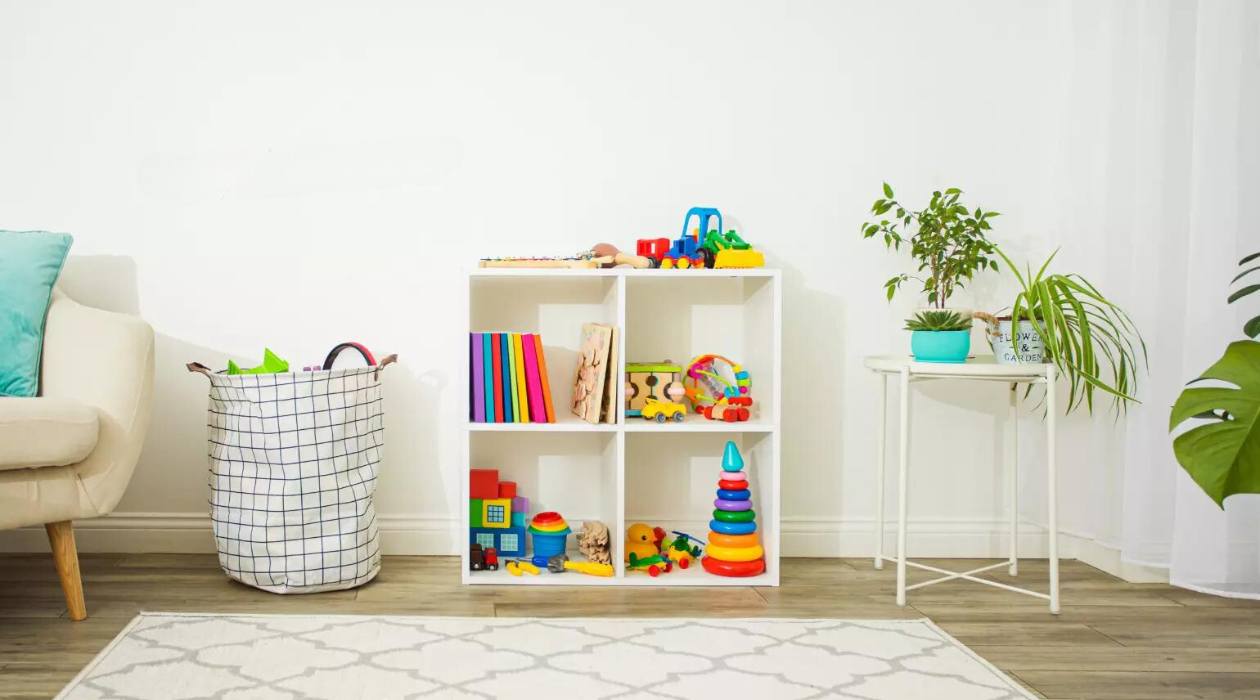
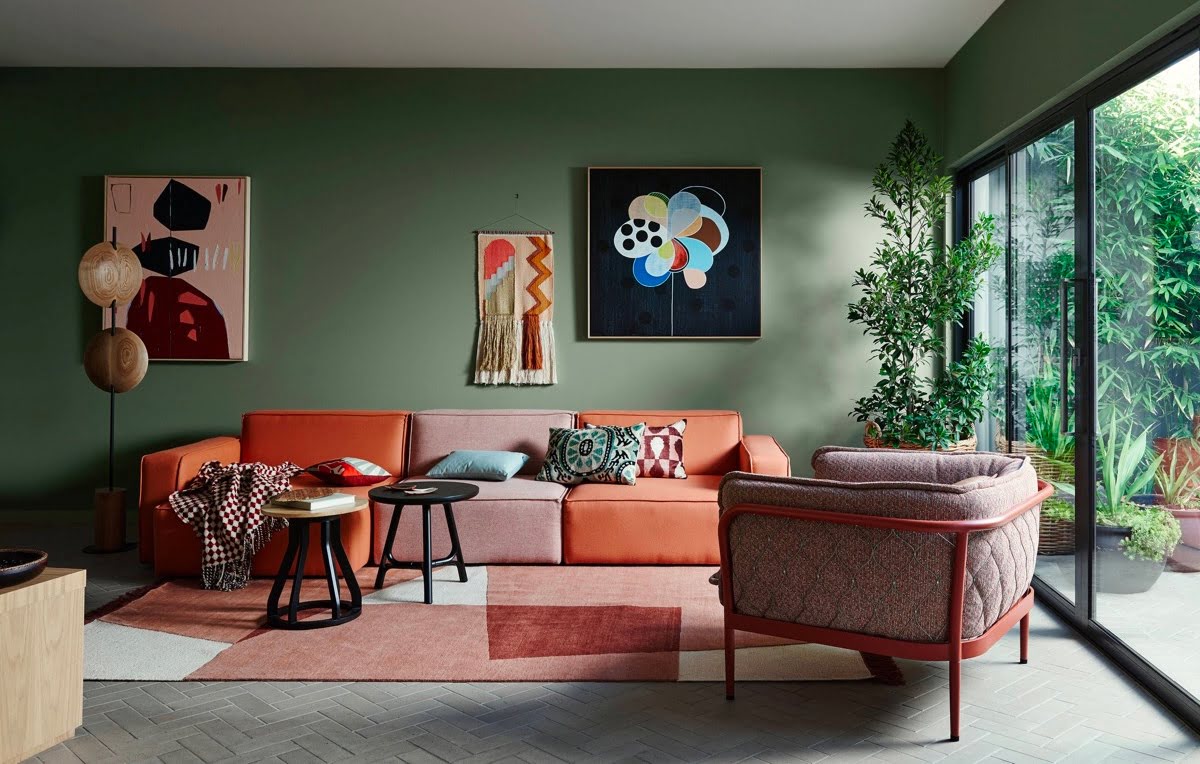
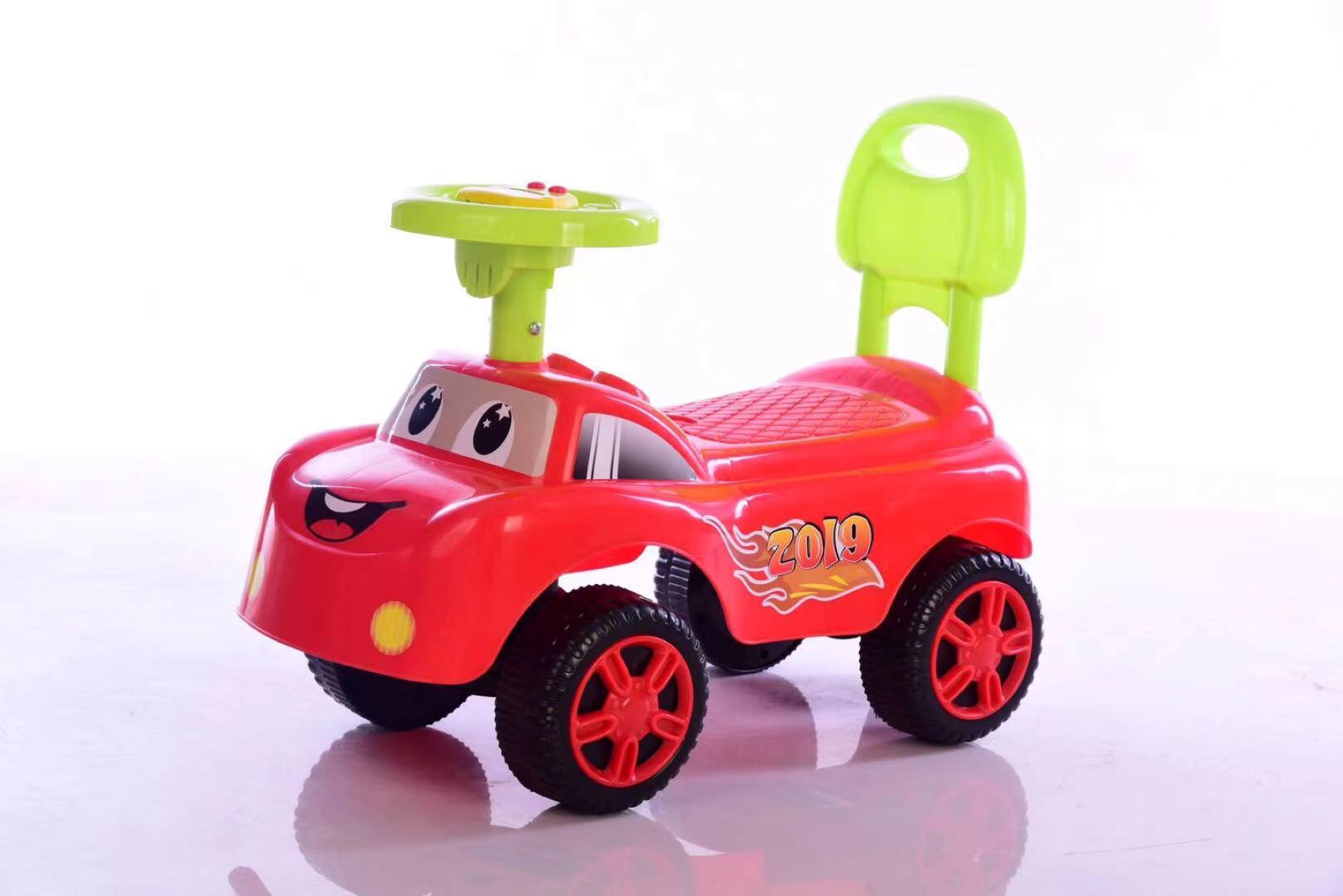
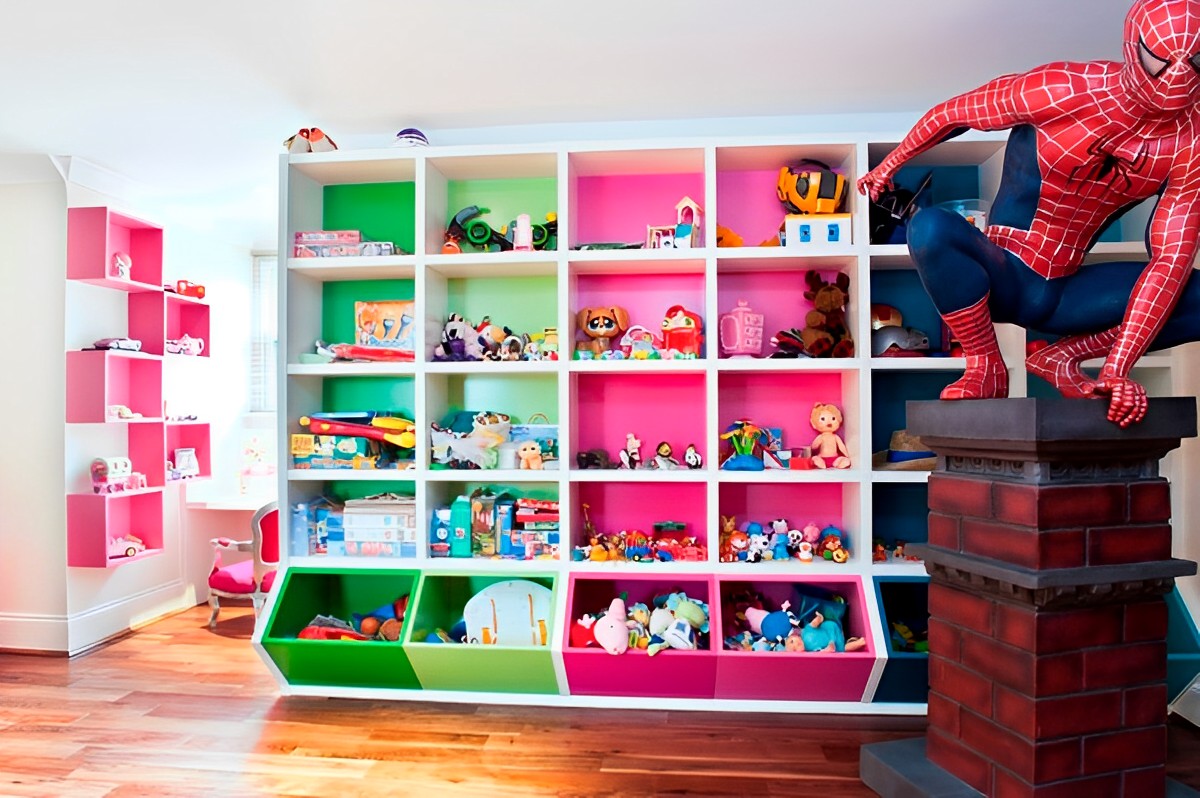
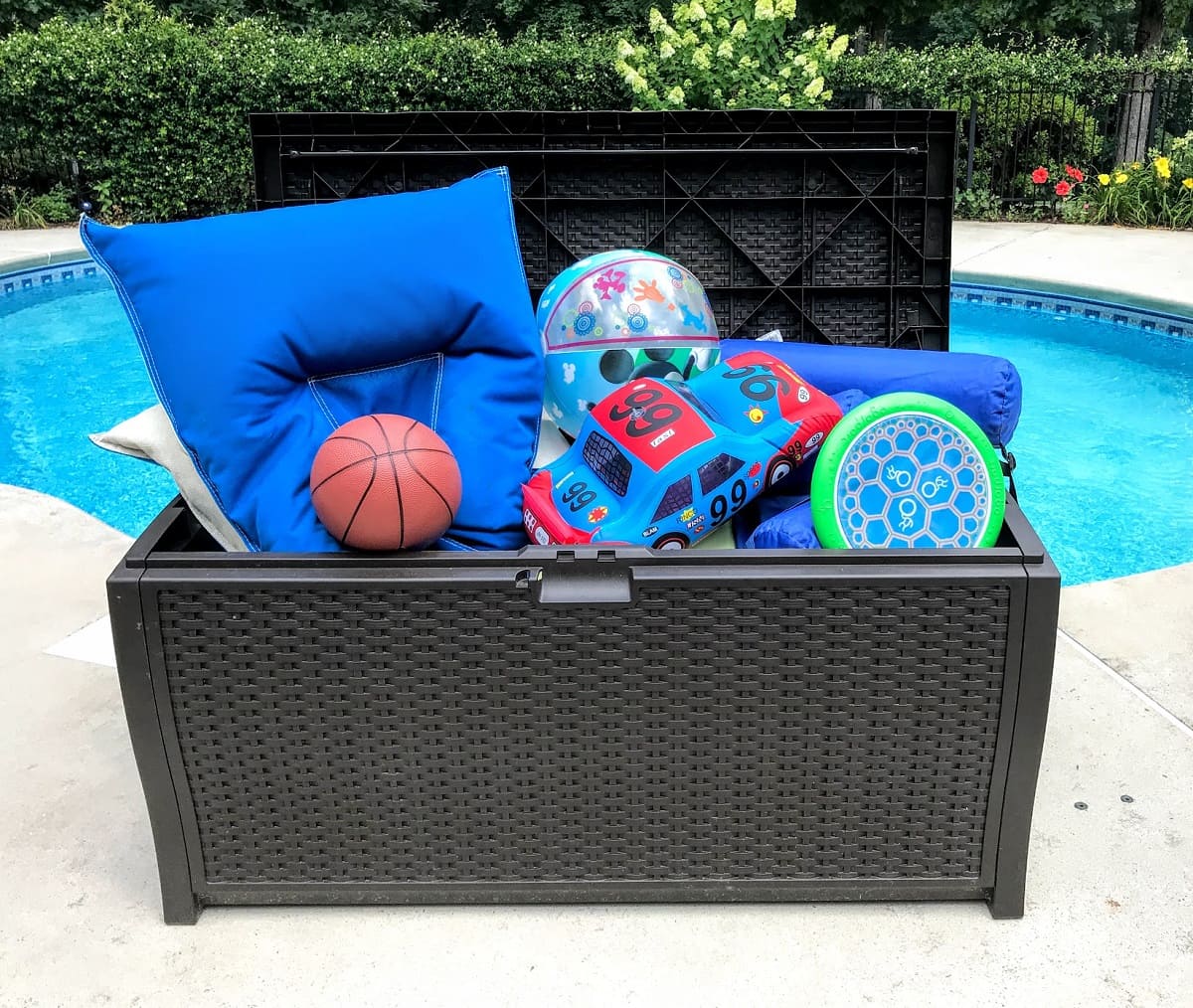

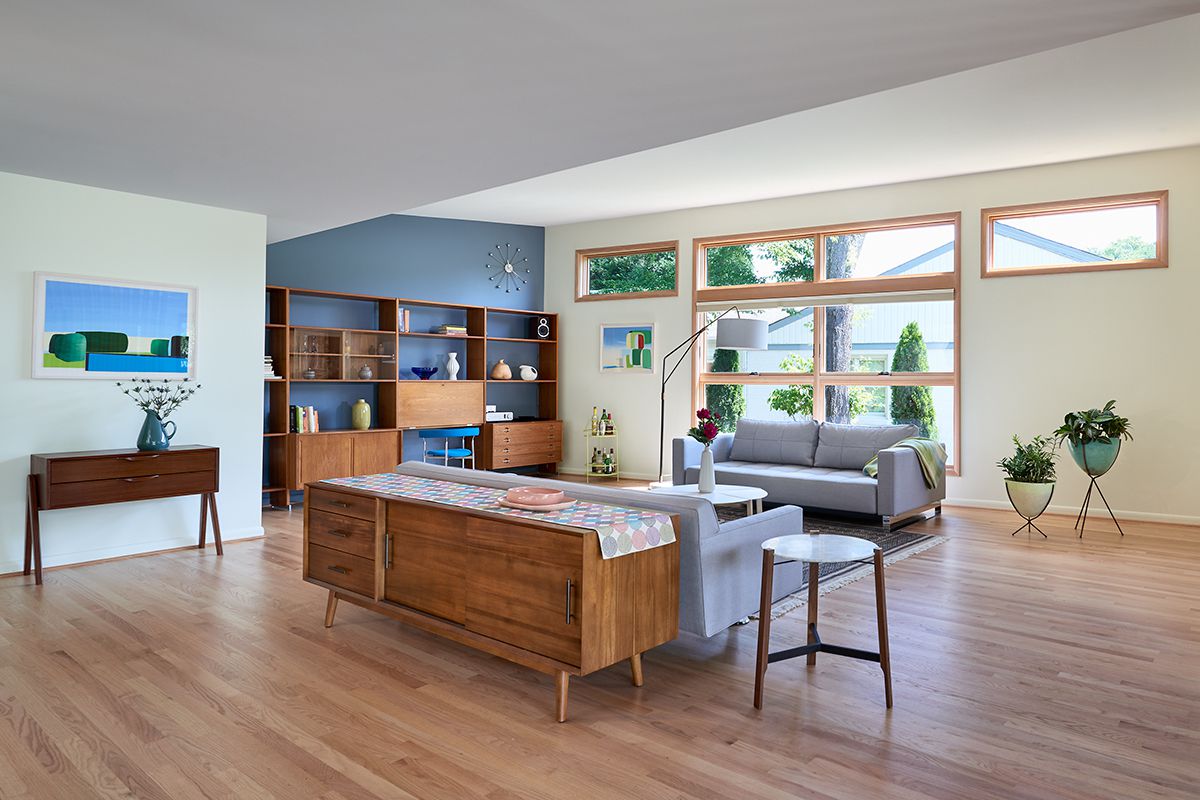

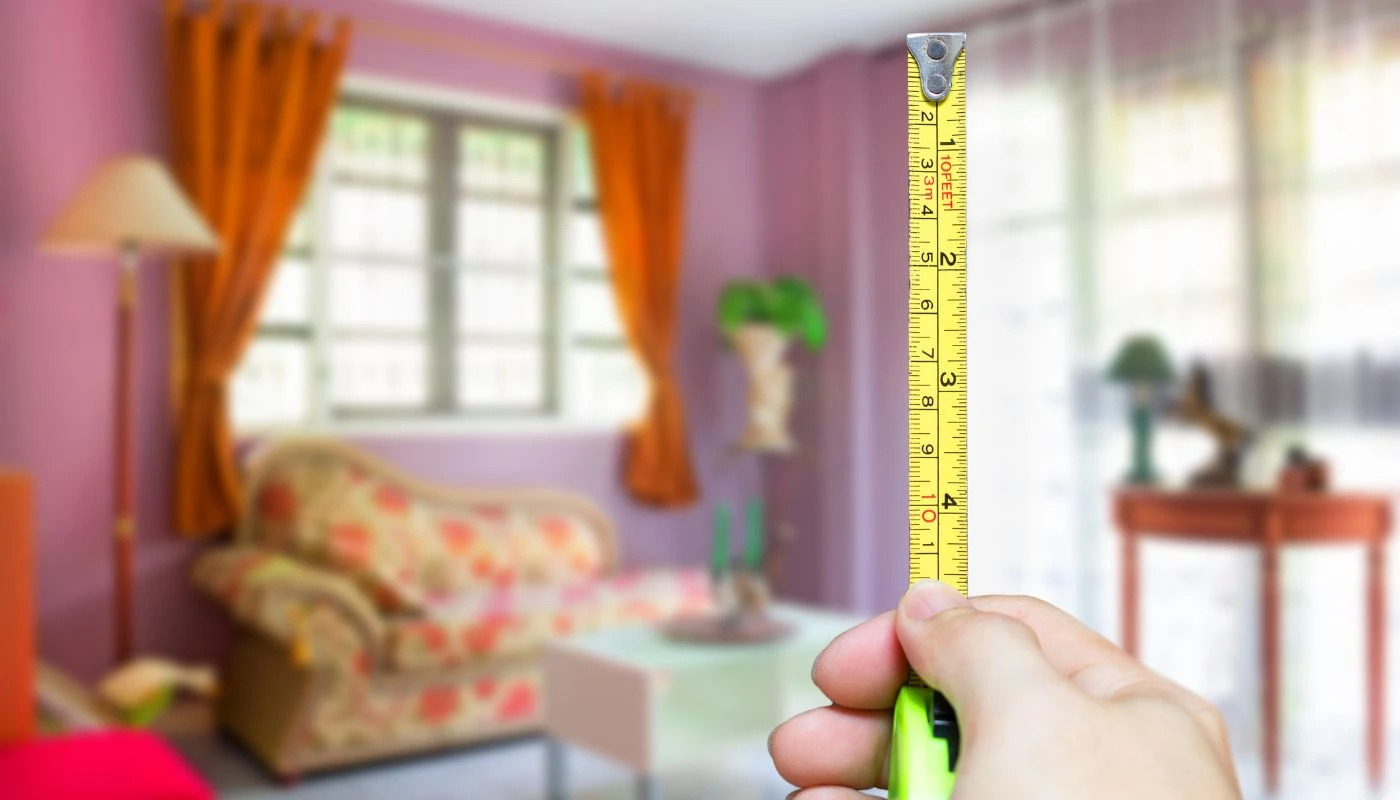
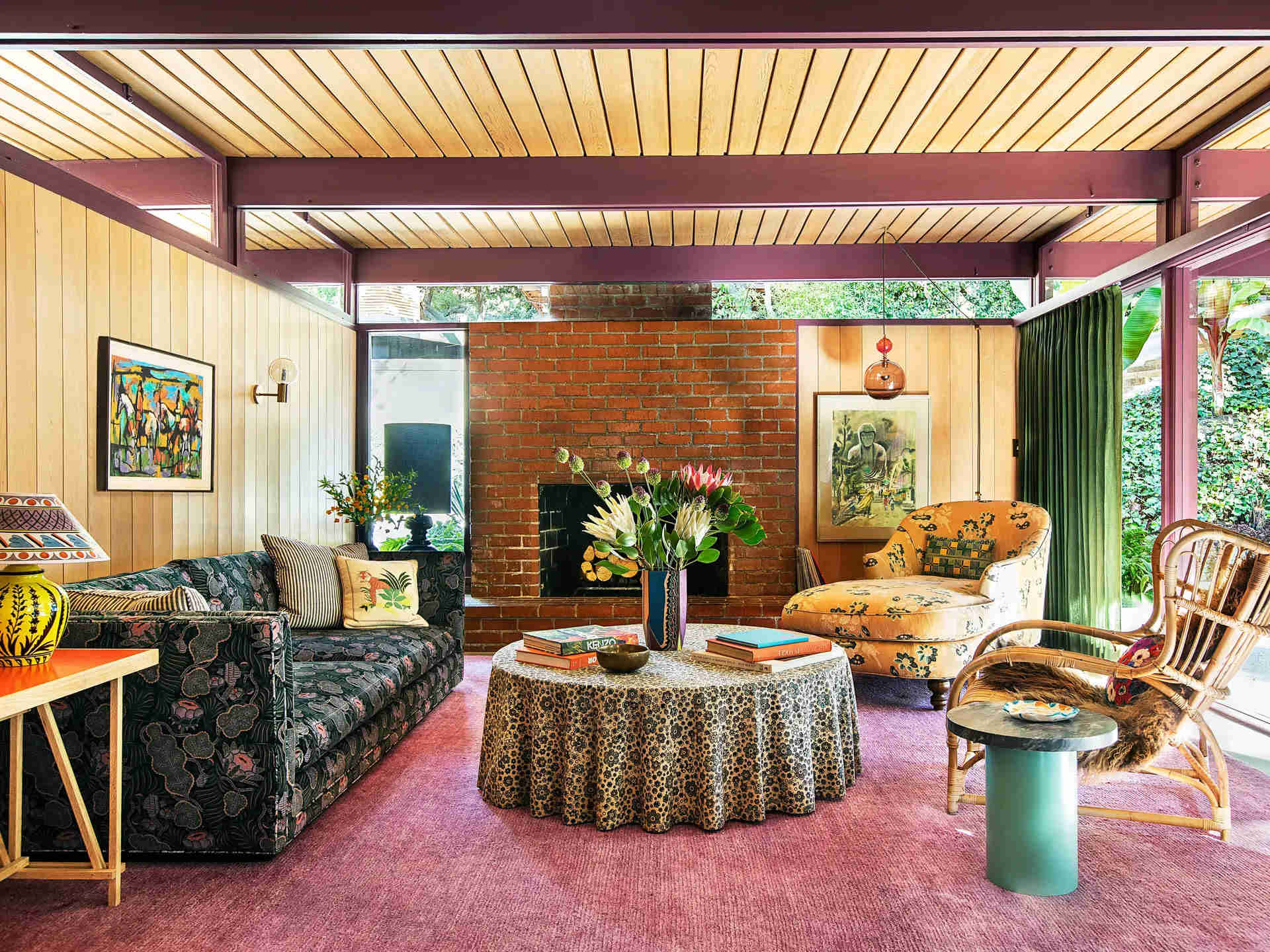
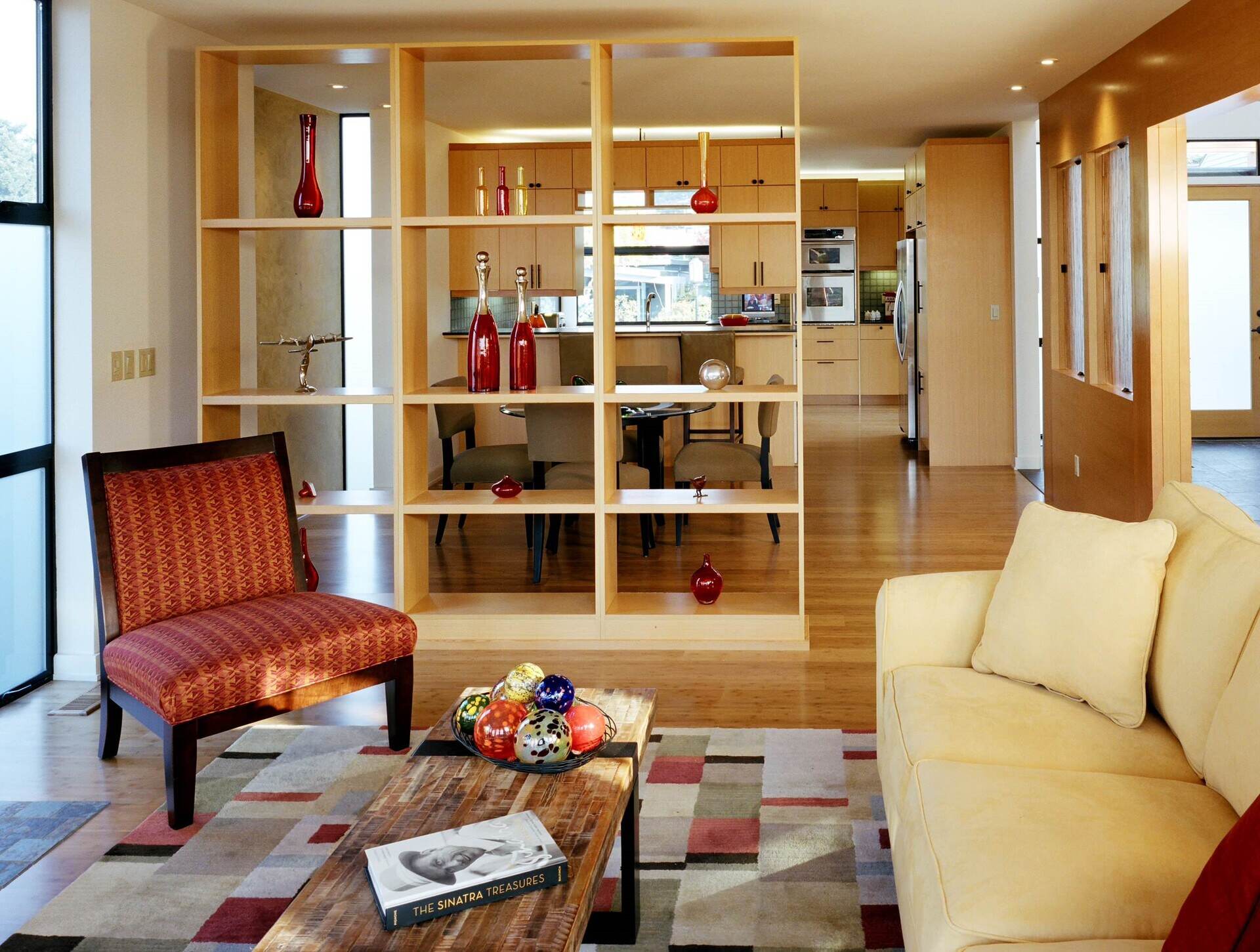
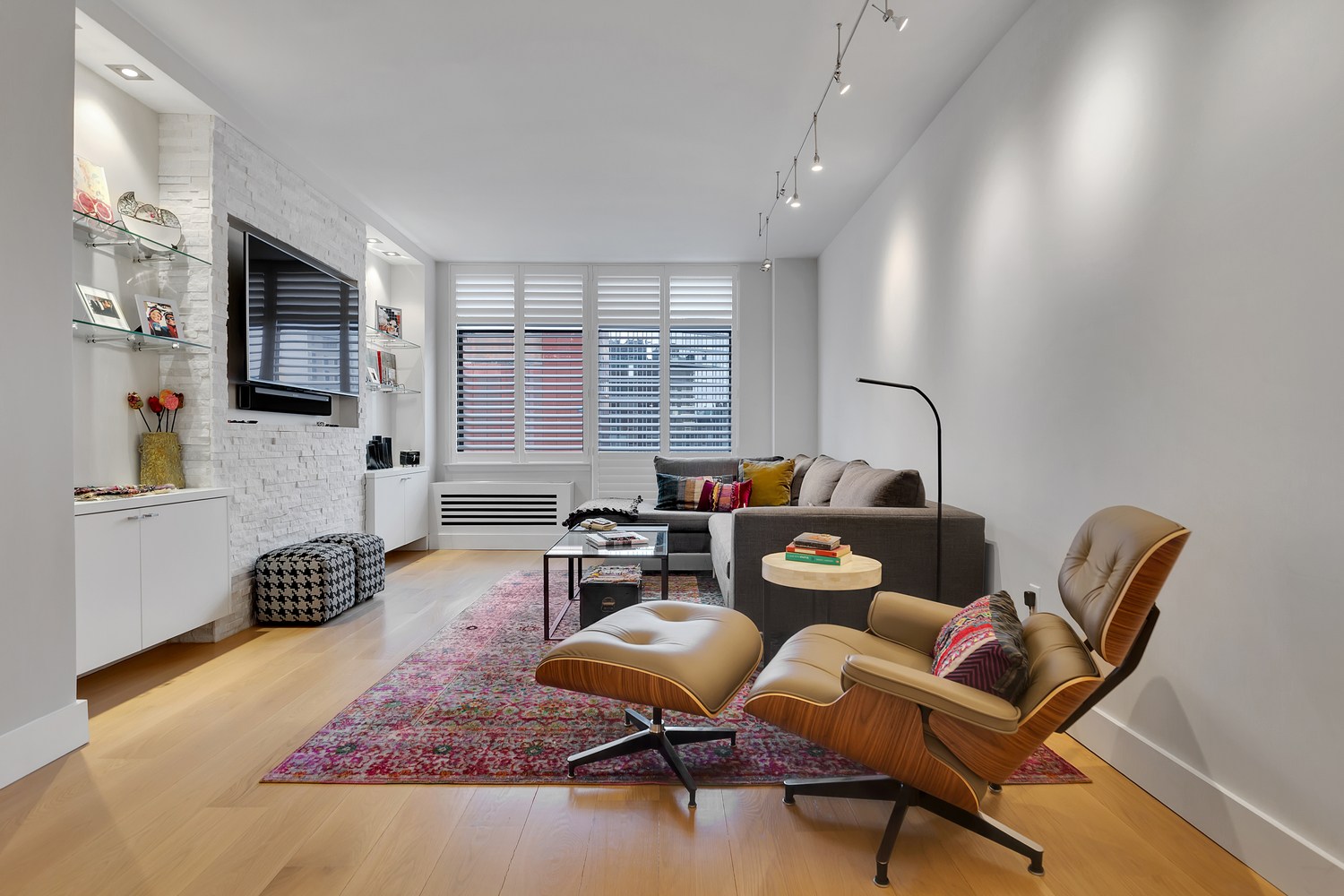

0 thoughts on “How To Store Toys In Living Room”